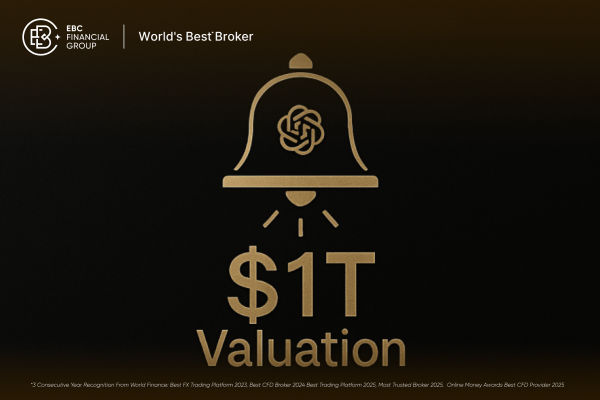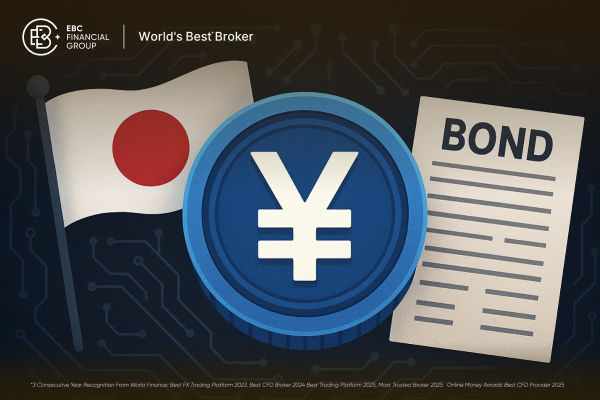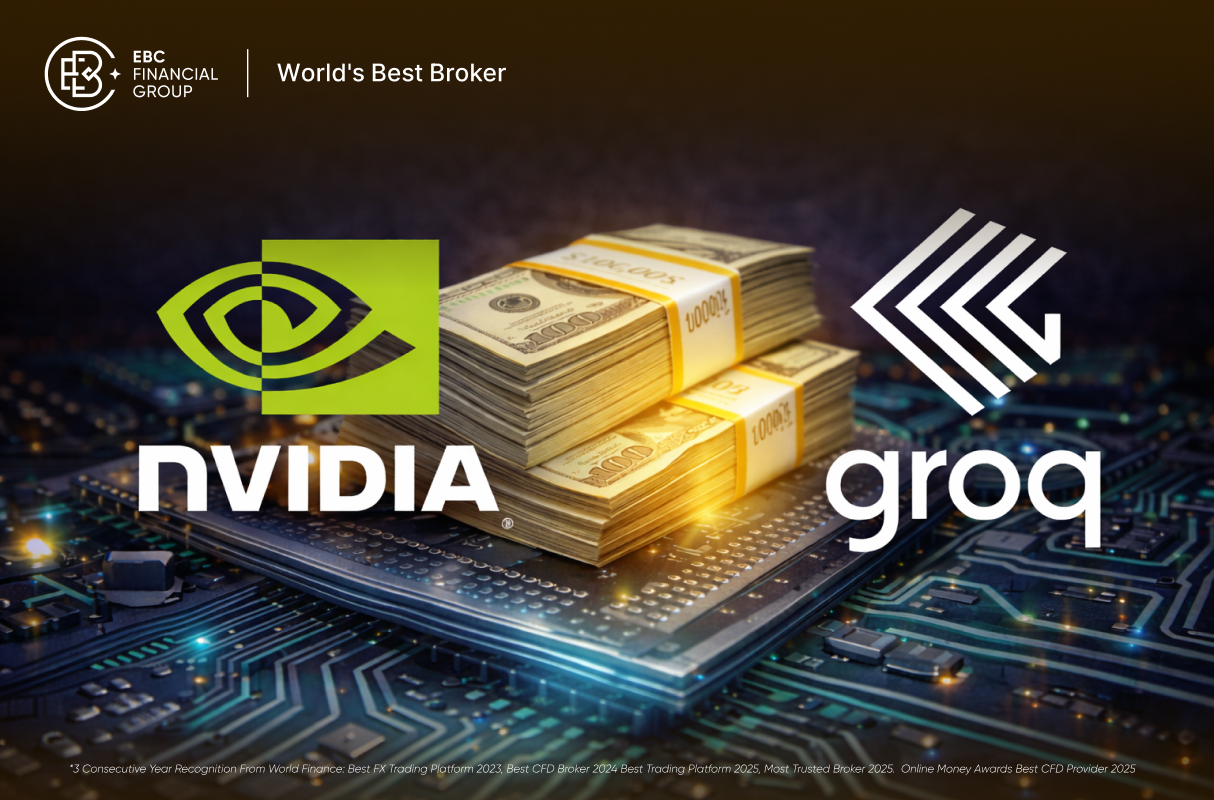In the field of financial investment, funds have always been highly regarded.
Although some people are concerned about the possibility of being "chopped off",
one way to protect their property is to continuously improve their investment
knowledge. Improving one's cognitive level means pursuing information symmetry
and rational thinking to ensure that one's investment decisions are more wise.
In this article, we will explore the thinking framework of fund investment and
introduce how public and private funds can be used together.

Understand different types of funds.
A fund is an investment method that gathers funds from different investors
and is managed by professional fund managers. Funds can be divided into two
categories: public funds and private funds.
Public fund: A public fund is a fund that publicly raises funds from the
public and can be purchased by anyone. This type of fund is regulated and has
relatively low risk, making it suitable for general investors.
Private equity funds: Private equity funds typically target wealthy investors
who typically have higher risk tolerances and investment thresholds. These funds
are generally not subject to strict regulation and allow fund managers to adopt
higher-risk strategies, such as options, futures, leveraged trading, etc.
Understand different types of public funds.
Among public funds, the most common are mutual funds and exchange-traded
funds (ETFs).
Mutual funds: Mutual funds are managed by professional fund managers who
track different investment strategies, such as stocks, bonds, etc. They are
usually suitable for long-term investments but require the payment of management
fees and other expenses.
ETF: An ETF is a fund that can be traded on an exchange and typically tracks
the performance of a specific index. ETFs typically have lower fees as they are
passive investment vehicles and do not require high fund manager fees.
Understand the different types of private equity funds.
-
Hedge Funds
Hedge funds are one of the most well-known private equity funds that use
various strategies to seek returns. The goal of hedge funds is to achieve
positive returns regardless of market fluctuations. They can adopt various
strategies, such as market neutrality, arbitrage, event-driven, and
macro-investment strategies.
-
Private Equity Funds
Private equity funds invest in non-listed companies and typically acquire
equity holdings through equity investments or private equity transactions. These
funds aim to provide long-term capital appreciation and typically require
long-term investments to achieve returns.
-
Venture capital funds
Venture capital funds focus on investing in startups and emerging
enterprises. They provide funding and support to help these companies expand
their businesses and grow stronger. The goal of venture capital funds is to
achieve high returns by investing in future successful companies.
-
Real Estate Funds
These funds invest in the real estate market, including commercial real
estate, residential real estate, and industrial real estate. They can obtain
rent and capital appreciation by purchasing and managing real estate.
-
Commodity Funds
Commodity private equity funds invest in commodity markets such as gold,
Crude Oil, soybeans, etc. These funds aim to profit from fluctuations in
commodity prices.
-
Debt Funds
Debt funds invest in various debt instruments, such as bonds, loans, and debt
Securities. They can seek to achieve returns from the interest and principal
returns of debt instruments.
-
Multi-Strategic Funds
These funds adopt diversified investment strategies, which can include
hedging, market neutrality, macro, and event-driven strategies. The goal of a
multi-strategy fund is to reduce risk through diversification and achieve
balanced returns.
-
Targeted Funds
Targeted acquisition funds focus on investing in financially distressed
companies or assets, typically achieving appreciation through restructuring,
divestment, and sales.
These are some common types of private equity funds, each with its own
characteristics and risks.
How to choose a suitable fund
When choosing a fund, there are two main factors to consider: fees and the
management method of the fund.
Cost: Cost is an important factor to consider when investing in a fund.
Mutual funds typically involve various fees, such as management fees, custody
fees, and redemption fees, and the overall cost is relatively high. In contrast,
ETFs typically have lower fees, with management fees around 0.03%. Therefore,
from a cost perspective, ETFs are usually more cost-effective.
Fund management method: In a mutual fund, the fund manager actively manages
the investment portfolio and selects stocks and bonds. ETFs typically passively
track specific indices without the need for active decision-making by fund
managers. This means that ETFs are more suitable for long-term investors than
for frequent traders. The management methods of private equity funds are usually
divided into two categories, namely active management and passive
management.
Public funds and private funds can be used together in investment portfolios
to achieve different investment goals and risk management strategies. The
following is an introduction to how public funds and private funds can be used
together:
-
Risk diversification
A common strategy is to use public funds to diversify risks. You can choose
different types of public funds, such as stock funds, bond funds, and money
market funds, to create a diversified investment portfolio. Then, private equity
funds are used to further diversify risks, as they typically offer a wider range
of investment strategies and asset classes.
-
Long-term and short-term investments
You can use public funds for long-term investments to achieve capital
appreciation and long-term financial growth. Meanwhile, private equity funds can
be used for short-term investments or more flexible strategies to pursue faster
returns or manage risks during market fluctuations.
-
Professional management
Private equity funds are usually managed by experienced fund managers or
teams who can adopt more complex strategies, such as hedge funds, private equity
funds, etc. You can leverage the professional management of private equity funds
to achieve higher return potential.
-
Tax strategy
In some cases, private equity funds may provide more favorable tax
strategies, especially in terms of long-term capital gains. You can use private
equity funds to optimize your tax planning.
-
Risk Management
Private equity funds typically have more risk control tools, such as hedging
and leverage, that can help you manage market risk. Private equity funds can
provide additional protection when market uncertainty increases.
Private equity funds typically require higher investment thresholds and poor
liquidity, so caution should be taken when using private equity funds. Before
formulating any investment strategy, it is recommended to consult with financial
advisors or professional investors to ensure that your investment goals and risk
tolerance are fully considered.
Comparison between Public Fund and Private Fund
| Type |
Public Funds |
Private Funds |
| Definition |
Funds that publicly raise capital and are open to everyone |
Targeted at affluent investors with usually higher risk tolerance |
| Regulation |
Regulated, relatively lower risk |
Generally less regulated, allowing for higher-risk strategies |
| Main Advantages |
Suitable for general investors, lower risk |
Potential for higher returns, diverse strategies |
| Typical Types |
Mutual Funds and Exchange-Traded Funds (ETFs) |
Hedge Funds, Private Equity Funds, Venture Capital Funds, Real Estate Funds, Commodity Funds, Debt Funds, Multi-Strategy Funds, Distressed Funds |
| Management Approach |
Actively managed, decisions made by fund managers |
Active or passive management, various strategies possible |
| Fees |
Management fees, custodian fees, redemption fees, etc. |
Generally lower fees, lower management expense ratios |
| Risk Management |
Lower risk, suitable for long-term investments |
Higher-risk strategies like hedging, options, leveraged trading |
| Investment Threshold |
Low, suitable for general investors |
High, typically requiring substantial investment |
| Liquidity |
Higher liquidity, easy to buy and sell |
Typically lower liquidity, less easily tradable |
Fund investment is an effective investment method, but choosing a suitable
fund for oneself is crucial. Understanding the management methods of fees and
funds, as well as how public and private funds can be used together, is key to
making informed decisions. No matter which fund you choose, you need to consider
your investment goals and risk tolerance to ensure that your financial future is
protected.
Disclaimer: This material is for general information purposes only and is not intended as (and should not be considered to be) financial, investment or other advice on which reliance should be placed. No opinion given in the material constitutes a recommendation by EBC or the author that any particular investment, security, transaction or investment strategy is suitable for any specific person.



























